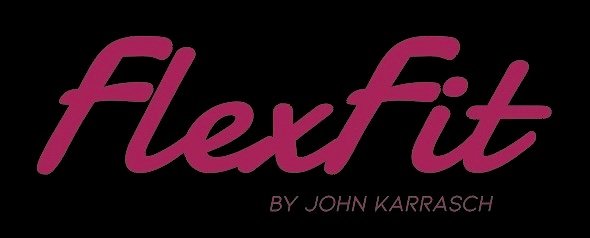I said I would write a review of the oval chainring I have been using the last 6 months or so...and then forgot. I'm back on track thanks to a reminder from Evan Koch. Oval chainrings have been around for a very long time. Most folks think of Shimano's Biopace design when the topic comes up and then quickly dismiss the concept. Current oval rings such as Wolftooth and Absolute Black are totally different. Biopace ring makes the pedal stroke harder at the very top and very bottom, which makes it harder to get through the "dead spots" of the pedal stroke...pedal with one foot briefly and you will quickly understand! Newer ovals change this to where the pedal stroke gets tougher when the leg is at it's strongest. This image linked below might help: Think of it like this. A 32 tooth ring feels like a 34 when your cranks are level with the ground (very powerful leg position) and a 30 when the cranks are vertical (very weak leg position). Theory being the ring optimizes your natural biomechanics. It is sound in theory for sure but research is mixed!
The paper from Rodrigo Bini is a great review of said research...
I bought a Wolf Tooth ring as I was really impressed with their design and Brendan is super helpful on the phone. Whatever shape you get, they are a very good option. I used a oval ring for about 6 months on my singlespeed and have some pros and cons for ME...given the caveat some folks are different. Duh, right? I only mention this because people LOVE to point out the exception to any rule. Yes, Usain Bolt eats McNuggets before races, but that doesn't mean that should be best practice for everyone.
PROS: Improved uphill traction, especially slick, low speed climbs. Feels pretty normal going back and forth with a bike that has round chainrings. Chain tensioning was no big deal on a singlespeed which is a common concern. No negative effect on my high cadence range.
CONS: Not very many! The one that really stood out took a long time to piece together for me. I had a hunch about this and I became more confident of it during the Skyway Epic. The con? Muscle fatigue while climbing! 40-60 RPM climbing was just more fatiguing for me with the oval. But why? More time in that big power phase of the pedal stroke gives a little bit more time for high level of muscle activation to occur. Think of it like this: A. Hold a 25 pound weight (or a dog) to your chest and do a deep squat (or a lunge would also work) and stand back up ten times at a normal pace. B. Do this again but when your halfway down, go SLOW and on the way back up when halfway up go SLOW again. B is more tiring, right? Same reason people try to go fast on push up tests: less time under tension enables more reps.
I hope that was a good explanation and if you want to know more I would start with the episode on Mountain Bike Radio concerning oval rings.
My verdict: I am back on a round ring and happy I tried the oval so I have a valid opinion. Tons of folks love the oval rings so if you are curious, TRY IT! Wolf Tooth has a more "normal" level of ovalness than some others so it would be my first stop if you are shopping. I will mention I do probably more strength and mobility training than many riders so this might affect the feel of the oval vs round ring. Gordon W. Wadsworth brought this up and it is a good point.














